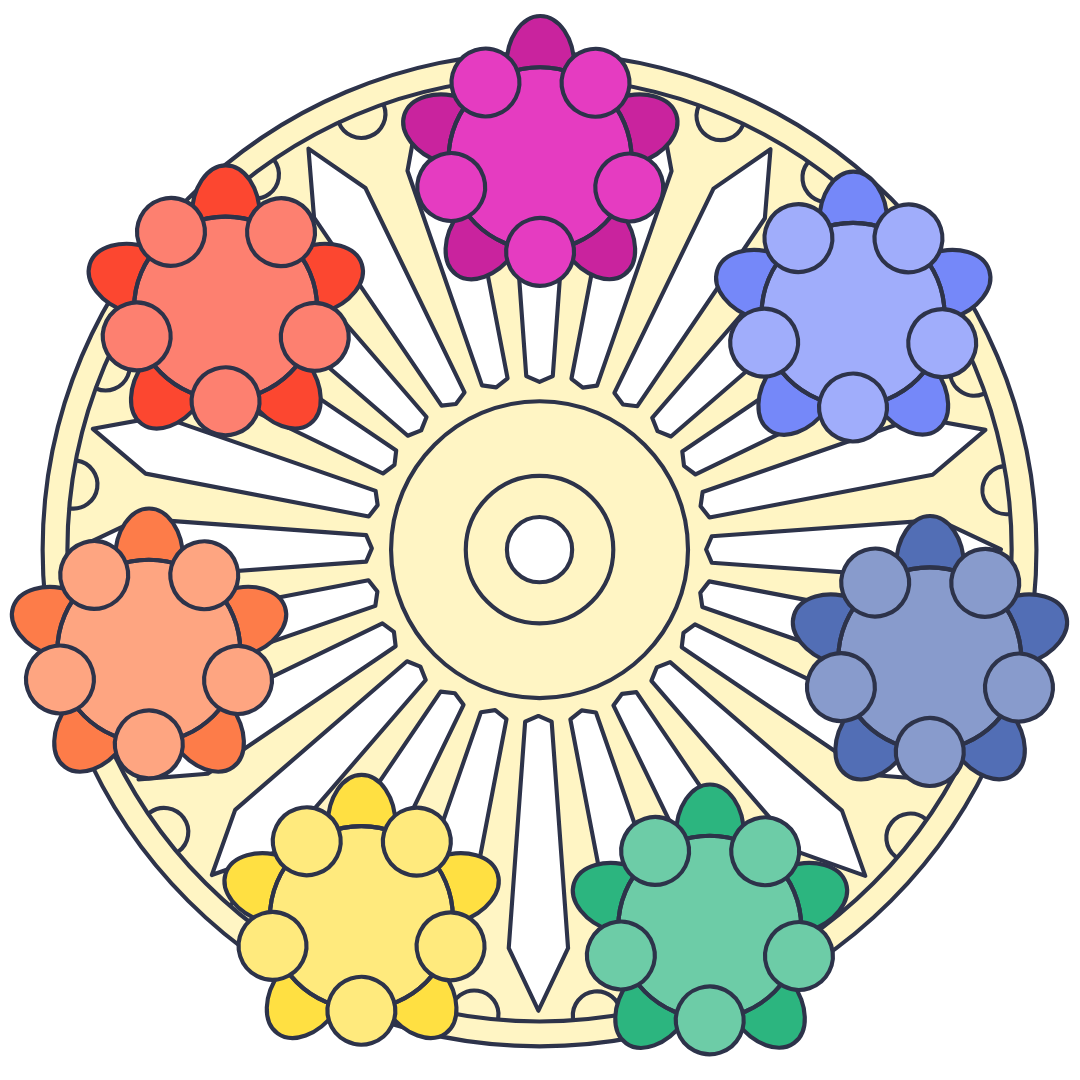Bali, known for its stunning beaches, lush rice terraces, and vibrant culture, is also a hub for circular creativity. The concept of circular creativity revolves around the idea of creating a sustainable and regenerative economy that minimizes waste and maximizes the use of resources. In Bali, this concept is deeply rooted in the traditional practices of the Balinese people, as well as in the innovative solutions that have emerged in response to the environmental challenges facing the island. From sustainable agriculture and waste management to renewable energy initiatives and creative art and design, Bali is at the forefront of circular creativity, setting an example for other communities around the world.
The circular creativity movement in Bali is not only about finding sustainable solutions to environmental issues, but also about preserving and celebrating the island’s rich cultural heritage. By integrating traditional practices with modern innovations, Bali has been able to create a unique and holistic approach to sustainability that is deeply rooted in the island’s cultural identity. As a result, Bali has become a model for how circular creativity can be applied in a way that respects and honors local traditions while also addressing global environmental challenges.
Traditional Balinese Practices and Sustainable Living
Traditional Balinese practices have long been centered around sustainable living, with a deep respect for the natural environment and a commitment to living in harmony with the land. The Balinese people have a strong connection to the earth, and this is reflected in their agricultural practices, which prioritize organic farming methods and the use of natural fertilizers. The traditional subak irrigation system, which dates back over a thousand years, is a testament to the Balinese people’s ingenuity in managing water resources sustainably. This ancient system not only ensures the efficient distribution of water for rice cultivation, but also promotes community cooperation and harmony.
In addition to agriculture, traditional Balinese practices also extend to other aspects of daily life, such as architecture and craftsmanship. Balinese architecture is designed to be in harmony with nature, using locally-sourced materials and traditional building techniques that minimize environmental impact. Similarly, Balinese craftsmanship emphasizes the use of natural materials and traditional techniques, creating products that are not only beautiful, but also sustainable. These traditional practices have laid the foundation for Bali’s circular creativity, providing a strong cultural framework for sustainable living that continues to inspire innovative solutions on the island.
Innovations in Sustainable Agriculture and Farming
In recent years, Bali has seen a surge in innovations in sustainable agriculture and farming, as the island grapples with the challenges of climate change and environmental degradation. One such innovation is the rise of organic farming cooperatives, which bring together small-scale farmers to collectively produce and market organic produce. These cooperatives not only promote sustainable farming practices, but also provide economic opportunities for local farmers, helping to strengthen rural communities.
Another innovative approach to sustainable agriculture in Bali is the adoption of permaculture principles, which focus on creating self-sustaining ecosystems that mimic natural patterns and processes. By integrating diverse crops and animals, practicing water conservation, and minimizing waste, permaculture farming systems in Bali are able to produce high yields while also regenerating the land. These innovative approaches to sustainable agriculture are not only helping to address food security and environmental sustainability on the island, but are also serving as models for other communities seeking to transition to more regenerative farming practices.
Circular Economy and Waste Management in Bali
Bali has been grappling with a waste management crisis in recent years, as the influx of tourists and rapid urbanization have led to an increase in plastic pollution and other forms of waste. In response to this challenge, Bali has been at the forefront of developing circular economy solutions that aim to minimize waste and maximize resource efficiency. One such initiative is the rise of community-based waste management programs, which empower local communities to take ownership of their waste and implement recycling and composting systems.
In addition to community-based initiatives, Bali has also seen the emergence of innovative businesses that are turning waste into valuable resources. From upcycling plastic waste into fashion accessories to converting organic waste into compost for agriculture, these businesses are demonstrating how circular economy principles can be applied to create economic opportunities while also addressing environmental challenges. These initiatives are not only helping to reduce the amount of waste that ends up in landfills and oceans, but are also contributing to the development of a more sustainable and resilient economy on the island.
Renewable Energy Initiatives in Bali
As an island highly dependent on fossil fuels for its energy needs, Bali has been actively exploring renewable energy alternatives as part of its efforts to transition towards a more sustainable energy future. One of the most promising renewable energy sources in Bali is solar power, which has seen significant growth in recent years due to falling costs and government incentives. Solar panels are being installed on rooftops of homes, businesses, and public buildings across the island, helping to reduce reliance on fossil fuels and lower carbon emissions.
In addition to solar power, Bali is also exploring other renewable energy sources such as wind and hydroelectric power. The development of small-scale hydroelectric plants in rural areas has not only provided clean energy access to remote communities, but has also created economic opportunities for local residents. Similarly, wind power projects are being explored in coastal areas with strong wind resources, offering another potential source of clean energy for the island. These renewable energy initiatives are not only helping to reduce greenhouse gas emissions and combat climate change, but are also contributing to greater energy independence and resilience for Bali.
Balinese Art and Design in Sustainable Solutions
Balinese art and design have long been celebrated for their beauty and craftsmanship, but they are also playing a crucial role in driving sustainable solutions on the island. From traditional crafts made from natural materials to contemporary art installations that raise awareness about environmental issues, Balinese artists and designers are using their creativity to promote sustainability and inspire positive change. One example of this is the rise of eco-friendly fashion brands in Bali that are using traditional weaving techniques and natural dyes to create sustainable clothing lines that support local artisans and promote ethical fashion.
In addition to fashion, Balinese artists and designers are also incorporating sustainable materials and techniques into their work across various disciplines. From architecture that prioritizes natural ventilation and passive cooling systems to furniture made from reclaimed wood and recycled materials, sustainable design principles are being integrated into various aspects of Balinese art and design. These creative solutions not only showcase the island’s rich cultural heritage, but also demonstrate how art and design can be powerful tools for promoting sustainability and driving positive change.
The Future of Bali’s Circular Creativity: Challenges and Opportunities
As Bali continues to embrace circular creativity as a guiding principle for sustainable development, it faces both challenges and opportunities in shaping its future. One of the key challenges is balancing economic growth with environmental conservation, as the island grapples with increasing urbanization and tourism development. Finding ways to manage these pressures while preserving Bali’s natural beauty and cultural heritage will be crucial for ensuring a sustainable future.
At the same time, Bali also has numerous opportunities to further advance its circular creativity initiatives. By continuing to invest in renewable energy infrastructure, promoting regenerative agriculture practices, and supporting innovative waste management solutions, Bali can further solidify its position as a global leader in sustainability. Additionally, by leveraging its rich cultural traditions and creative talent, Bali can continue to inspire new approaches to sustainability that resonate with communities around the world.
In conclusion, Bali’s circular creativity is a testament to the island’s commitment to finding holistic solutions that integrate traditional wisdom with modern innovation. By embracing sustainable practices in agriculture, waste management, renewable energy, art, and design, Bali is setting an example for how communities can thrive while respecting the natural environment. As Bali continues on its path towards a more sustainable future, it will be important for stakeholders at all levels – from government leaders to local communities – to work together in realizing this vision of circular creativity for generations to come.

